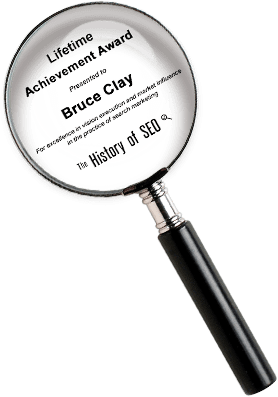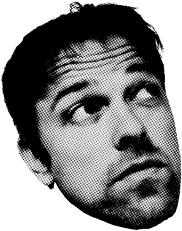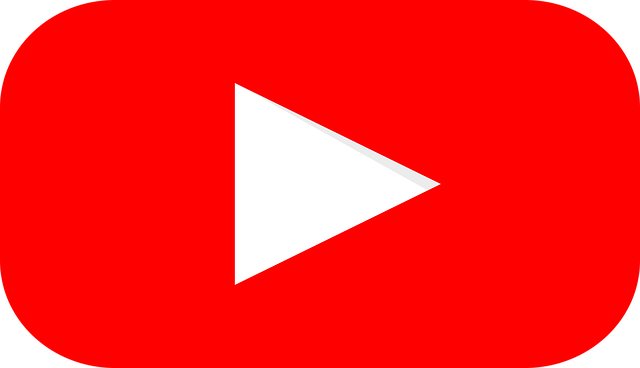A Self-Help Digital Marketing Plan in Three Steps
Now is the perfect time to realize your business needs to change and focus on self-improvement. You run a business and have the opportunity to supercharge your online image and map out the way for future success. This article will explore three strategies that can significantly impact your business.
- Google Analytics: understanding your data
- Open graph protocol: amplifying your social media presence
- Content engineering: unifying your marketing strategy
- FAQ: How can I transform my business using Google Analytics, open graph protocol, and content engineering?
Google Analytics: Understanding Your Data
Want insights into your online performance? Google Analytics 4 will show you everything you need to know if you approach the tool correctly.
You don’t even need to be a data expert! Google offers abundant resources, including the Google Analytics YouTube Channel’s series of online lessons and videos, to help you learn how to interpret reports and identify goals. By mastering Google Analytics, you’ll be equipped with the knowledge to measure your site’s performance effectively and achieve your business objectives.
Open Graph Protocol: Amplifying Your Social Media Presence
In today’s digital landscape, having a strong social media presence is essential for any business. Facebook, as a dominant online channel, offers immense opportunities for engagement with your audience. To maximize your presence on Facebook and connect with the Facebook-connected web, you need to understand the Open Graph Protocol.
The Open Graph Protocol is a set of structured data standards that allows any webpage to integrate seamlessly with Facebook. By implementing basic metadata, including your business’s location, and adding a Like button, you can enhance your visibility on the platform. Stay updated on the latest updates and best practices for social media optimization to fully leverage the potential of the social graph.
Content Engineering: Unifying Your Marketing Strategy
In the rapidly evolving marketing and advertising industry, having a unified and holistic marketing strategy that encompasses all channels and disciplines is crucial. Content engineering offers a solution that brings together every aspect of marketing, from content creation to technical implementation.
Content marketing is at the core of all marketing channels, but it requires collaboration with other disciplines for maximum impact. By bridging the gap between the creative and analytical sides of marketing, content engineering fosters communication and unified messaging. This approach ensures that your brand’s message reaches the right audience through various mediums, such as billboards, search ads, and social media platforms.
Additionally, content engineering emphasizes tracking and measuring feedback mechanisms to analyze success and identify areas for improvement. By aligning the word people (content creators) and the numbers people (data analysts), you can continuously enhance your marketing efforts.
As a business owner, focusing on Google Analytics, Open Graph Protocol, and Content Engineering can have a transformative effect on your professional performance and business growth. Embrace these areas of improvement, leverage modern tools and strategies, and propel your business toward long-term success.
Ready to transform your business’s digital landscape? Partner with us, your expert SEO marketing agency, to harness the power of Google Analytics, Open Graph Protocol, and Content Engineering for unparalleled growth and success. Let’s talk.
FAQ: How can I transform my business using Google Analytics, Open Graph Protocol, and Content Engineering?
Leveraging powerful tools and strategies is crucial for transforming your business. Let’s delve into the synergy of Google Analytics, Open Graph Protocol, and Content Engineering to unlock the full potential of your online presence.
- Understanding Google Analytics Insights:
The cornerstone of any successful digital strategy is comprehensive data analysis. Google Analytics provides information about your website visitors, their behaviors, and interactions. By deciphering this data, you gain valuable insights into your audience, allowing you to tailor your content and marketing efforts to meet their needs. Identify your most popular pages, analyze user journeys, and refine your strategies accordingly.
- Harnessing the Power of Open Graph Protocol:
In an era dominated by social media, the Open Graph Protocol (OGP) is pivotal in enhancing how your content is shared on platforms like Facebook. Implementing OGP meta tags on your website ensures that when users share your content, it appears visually appealing and informative. This boosts your brand’s visibility and entices users to click through, increasing traffic to your site.
- Strategic Content Engineering for Business Growth:
Content Engineering involves systematically designing, analyzing, and optimizing your content for maximum impact. Tailor your content to align with your audience’s preferences, integrating relevant keywords and maintaining a consistent brand voice. Ensure your website is not only visually appealing but also optimized for search engines. This holistic approach to content creation fosters a positive user experience, boosting engagement and conversions.
- Unveiling Buyer Intent Search Terms:
To fully harness the potential of these tools, understand the buyer intent search terms relevant to your industry. Craft content that directly addresses the questions and concerns of your target audience, aligning with their search queries. This strategic approach ensures that your business is not just visible but is providing the exact information your potential customers are seeking.
- Crafting a Transformative Strategy:
Now armed with insights from Google Analytics, enhanced content through Open Graph Protocol, and a strategically engineered online presence, you have the foundation for a transformative digital strategy. Regularly analyze and refine your approach based on the evolving landscape and consumer trends to stay ahead of the competition.
The amalgamation of Google Analytics, Open Graph Protocol, and Content Engineering propels your business toward unprecedented growth.
Step-by-Step Guide: Transform Your Business with Google Analytics, Open Graph Protocol, and Content Engineering
- Google Analytics Deep Dive:
– Install Google Analytics on your website.
– Explore audience demographics and behavior.
– Identify popular pages and user journeys.
- Optimizing with Open Graph Protocol:
– Implement OGP meta tags on your website.
– Ensure visually appealing content when shared on social media.
– Monitor and adjust based on engagement metrics.
- Strategic Content Engineering:
– Analyze your target audience and their preferences.
– Incorporate relevant keywords naturally into your content.
– Optimize website structure for search engine visibility.
- Unveiling Buyer Intent:
– Research and identify buyer intent search terms.
– Craft content that directly addresses user queries.
– Continuously refine content based on evolving search trends.
- Crafting a Transformative Strategy:
– Synthesize insights from Google Analytics.
– Enhance content through Open Graph Protocol.
– Implement a holistic Content Engineering strategy.
– Regularly analyze and refine your digital strategy based on industry trends.
By following these steps, you’ll transform your business and establish a robust digital presence that resonates with your target audience.
This article was updated on December 13, 2023.

One Reply to “A Self-Help Digital Marketing Plan in Three Steps”
Never knew about open graph protocol before now. It also seems that getting the most out of google analytics seems to be one of the most talked about topics on the web right now. Good job Virginia!
LEAVE A REPLY









